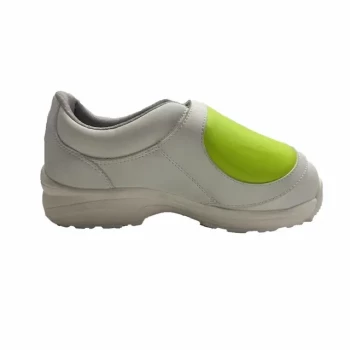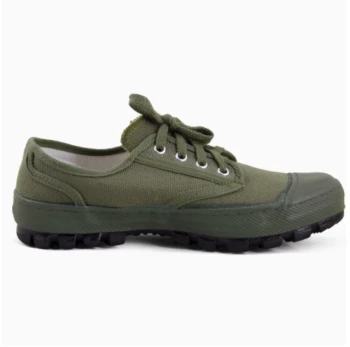Leather soles are often praised for their elegance, breathability, and durability in formal footwear, but they come with several notable drawbacks. These include poor traction on wet or slippery surfaces, vulnerability to water damage, and the need for regular maintenance. Additionally, they may become rigid over time, reducing comfort, and are less versatile for outdoor or rugged use compared to rubber or synthetic alternatives.
Key Points Explained:
-
Poor Traction in Wet Conditions
- Leather soles lack the grip strength of rubber or synthetic soles, making them slippery on wet or polished surfaces.
- This limitation makes them less suitable for rainy weather or environments where slip resistance is crucial.
-
Susceptibility to Water Damage
- Prolonged exposure to moisture can cause leather soles to warp, crack, or deteriorate.
- Sidewalk salt and wet weather accelerate wear, requiring protective treatments like waterproofing sprays or sole guards.
-
High Maintenance Requirements
- Regular cleaning and conditioning are necessary to prevent drying and cracking.
- Unlike rubber soles, leather soles may need professional resoling or polishing to maintain their appearance and functionality.
-
Reduced Comfort Over Time
- Leather hardens with wear, losing its initial flexibility and potentially becoming uncomfortable.
- While they mold to the foot initially, long-term rigidity can lead to discomfort during extended wear.
-
Limited Versatility
- Best suited for formal or dress shoes, leather soles are not ideal for outdoor, athletic, or rugged activities.
- Alternatives like rubber or Dainite soles offer better durability and traction for varied conditions.
-
Higher Long-Term Costs
- Although durable, leather soles may require more frequent repairs or replacements compared to synthetic options.
- The need for specialized care (polish, waterproofing, resoling) adds to the overall cost of ownership.
While leather soles excel in aesthetics and breathability, their functional limitations make them a less practical choice for everyday wear in challenging conditions. For buyers prioritizing durability and versatility, alternative sole materials may be more suitable.
Summary Table:
| Disadvantage | Key Impact |
|---|---|
| Poor Traction in Wet Conditions | Slippery on wet/polished surfaces; unsuitable for rainy weather. |
| Susceptibility to Water Damage | Warps/cracks with moisture; requires waterproofing treatments. |
| High Maintenance Requirements | Needs regular cleaning, conditioning, and potential professional resoling. |
| Reduced Comfort Over Time | Hardens with wear, leading to rigidity and discomfort. |
| Limited Versatility | Best for formal wear; inferior to rubber/synthetics for outdoor/rugged use. |
| Higher Long-Term Costs | Frequent repairs and specialized care increase ownership costs. |
Upgrade to versatile, low-maintenance footwear solutions!
As a large-scale manufacturer, 3515 produces high-performance footwear with durable rubber, synthetic, or hybrid soles—perfect for distributors, brand owners, and bulk buyers seeking all-weather reliability. Our designs combine comfort, traction, and longevity without the drawbacks of leather soles.
Contact us today to explore our catalog of shoes and boots tailored for formal, outdoor, or industrial use. Let’s create footwear that meets your customers’ needs!



















